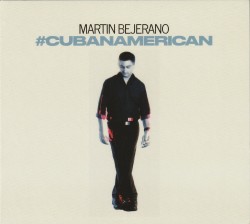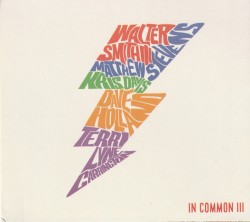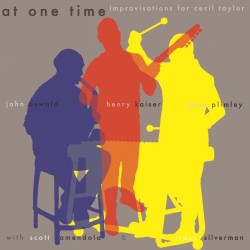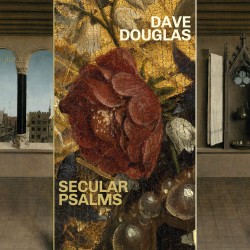Black Lives: From Generation to Generation - Various Artists (including Oliver Lake; Marcus Strickland; Jacques Schwarz-Bart et al)
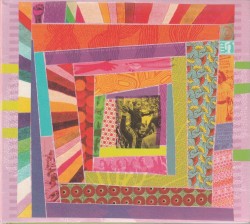 Black Lives – From Generation to Generation
Black Lives – From Generation to Generation
Various Artists (including Oliver Lake; Marcus Strickland; Jacques Schwarz-Bart et al)
Jammin’colorS (jammincolors.com)
It is usually difficult to judge albums that contain repertoire by various artists simply because single songs – while representing the best music by a particular artist – may, on the other hand, not suggest consistent artistry on a long-playing album. However, in the case of this Black Lives album, concept trumps compilation not only because the concept of the album is a strong one but because each track is loaded with both artistry and message.
Credit must, de rigueur, go to the album’s executive producer Stefany Calembert. She says in her booklet notes that she wanted “…to give black lives a voice and to listen to what they have to say in 2021…” something that stemmed from being “…deeply disturbed by the air of superiority and hypocrisy of white people.” Calembert is white and does herself enormous credit for giving voice to these artists. Moreover, she has a discerning taste for Black music. There is a subliminal suggestion that Black music – born in Africa – has spread and been reimagined forever thanks to the blues, jazz rap and hip-hop music of Black American artists.
Artistic excellence is uniformly evident among the strident voices on both discs. Thus, it would be unfair to single out a select few artists and their songs for appropriate praise. Unrelenting intensity drives every song. The inclusion of African-born artists at the beginning and end of discs one and two was an inspired choice… and an enthralling tone, from end to end.


